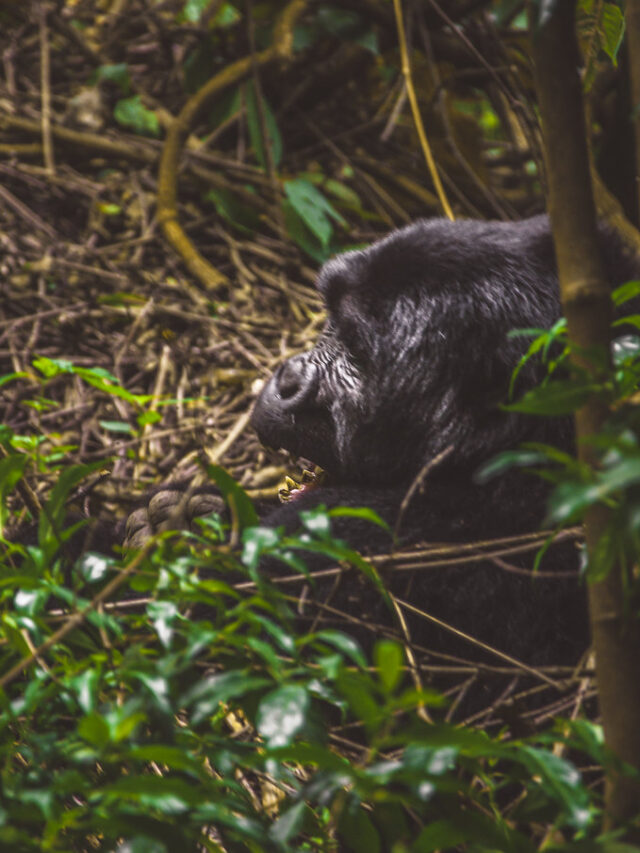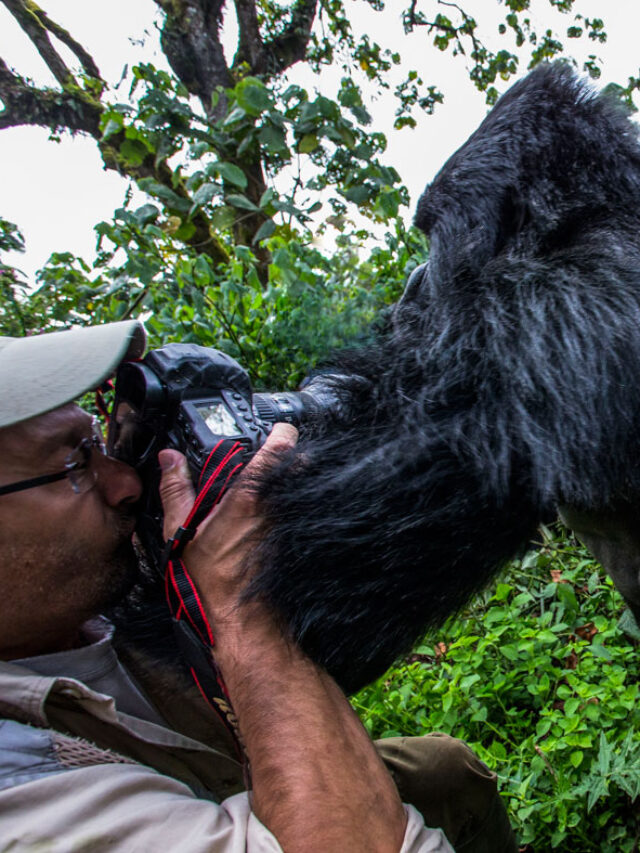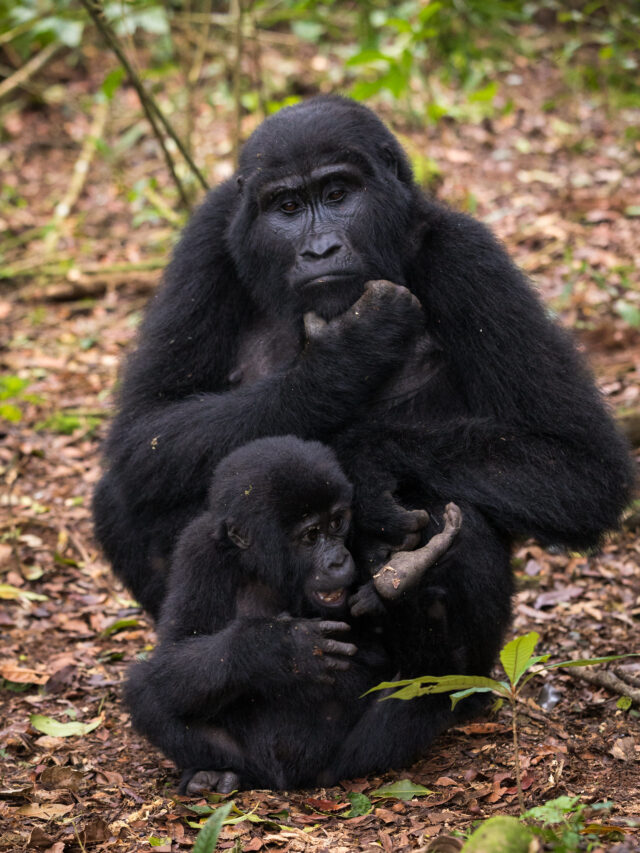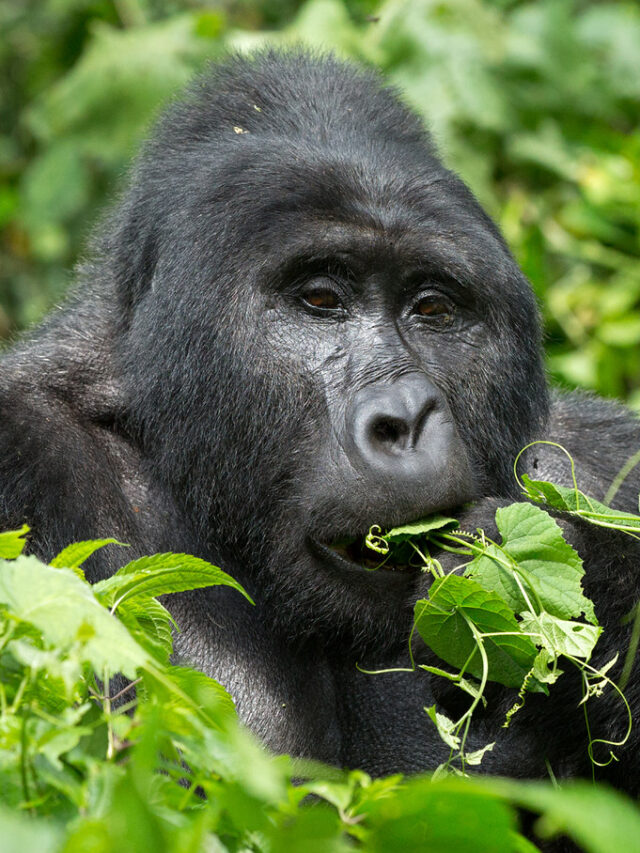Katonga Wildlife Reserve: Uganda’s Forgotten Eden Along the River of Life
Reclaiming the Quiet Heart of Uganda’s Wetland Wilderness
There is a place in western Uganda where the land breathes in rhythms of water, where papyrus sways like dancers in a quiet breeze, and where wildlife lives undisturbed beneath towering acacia and fig trees. That place is Katonga Wildlife Reserve, an overlooked ecological gem nestled along the meandering Katonga River, which flows westward from Lake Victoria and eventually feeds into Lake George. While it lacks the international fame of Bwindi or Murchison Falls, Katonga holds a subtle, almost sacred charm that feels untouched, unhurried, and unmistakably alive.
This 207 square kilometer reserve lies primarily in Kyenjojo and Kamwenge districts, strategically positioned within the wetland corridor that connects Lake Victoria’s basin to western Uganda’s rift valleys. Created in the 1960s and formally gazetted in 1998 under the Uganda Wildlife Authority’s management, Katonga was designed to preserve a vital wetland ecosystem. But more than just a protected space, Katonga is a rare mosaic of grassland, savannah woodland, and permanent wetlands—all sculpted by the ancient flow of its namesake river.
A Sanctuary Sculpted by Water and Time
Katonga Wildlife Reserve is shaped by a river system that defines both its landscape and its spirit. The Katonga River, with its marshes, oxbow lakes, and seasonal floodplains, brings life in every sense of the word. This reserve is not only home to wildlife that thrives in aquatic and semi-aquatic habitats but also acts as a crucial hydrological buffer zone that stabilizes the local climate, nurtures biodiversity, and supports agriculture in neighboring communities.
The ecosystem is especially rich in wetland species, and for birders, it is a lesser-known paradise. Katonga is home to over 150 species of birds, including papyrus gonoleks, shoebills, African finfoots, marsh harriers, and a variety of herons, kingfishers, and warblers. For a birder who prefers the peaceful over the popular, Katonga offers something that even Queen Elizabeth or Mabamba may not—complete solitude in your sightings.
On land, the reserve supports rare wetland antelopes such as the sitatunga, an elusive, amphibious antelope perfectly adapted to the reserve’s swampy interiors. Other mammals include bushbuck, warthogs, colobus monkeys, red-tailed monkeys, and otters that slide like shadows through the reeds. In the forested areas and savannah grasslands, reptiles and small carnivores also find their niche, though many remain hidden from the casual observer.
A Refuge at Risk: Conservation Realities
Despite its beauty, Katonga Wildlife Reserve remains underutilized and underfunded. Encroachment by neighboring communities for grazing, fishing, and subsistence farming is one of the reserve’s most pressing threats. The wetland ecosystem, though lush and seemingly abundant, is fragile—any shift in water levels or land use patterns can irreparably alter its balance.
Furthermore, poaching and illegal harvesting of forest and wetland resources continue to be a concern, particularly in areas where conservation education remains limited. Unlike Uganda’s high-profile parks, Katonga lacks full-time tourism infrastructure, which means there’s less revenue, less visibility, and by extension, fewer protective measures.
But there is hope. Uganda Wildlife Authority has made strides in involving the surrounding communities in conservation initiatives, particularly through Community-Based Wildlife Management. Local guides now lead nature walks and canoe excursions, while eco-tourism potential is gradually being explored. With the right balance of development and ecological protection, Katonga could one day serve as a flagship model for wetland conservation in East Africa.
A Raw and Rewarding Travel Experience
Travelers to Katonga will find a raw, non-commercial safari experience. This is not the kind of place you go for game drives in luxury vehicles or crowded lodges. It is a reserve best explored on foot, by canoe, or by the slow rhythm of immersion. There is a basic campsite near Kabagole, which serves as the main UWA outpost, and guided walks can be arranged that take visitors deep into the swamps or along the riverbanks, depending on seasonal flooding.
The beauty of Katonga is in its silence. There are moments where the only sounds are frogs calling, hippos grunting far off in the marshes, or the sudden burst of wingbeats as a flock of ibis takes off from the reeds. For those who find peace in the patience of nature, this place speaks volumes.
The best time to visit Katonga is during the dry seasons, from December to February and June to August, when trails are more navigable and water levels are manageable for walking and canoe excursions. However, even the rainy seasons bring their own drama, as floodplains swell and turn the entire reserve into a shimmering, water-bound wilderness.
Katonga’s Place in Uganda’s Conservation Future
Katonga Wildlife Reserve may not be famous—yet. But what it offers is something increasingly rare in a fast-developing, fast-consuming world: a sense of wild authenticity. It’s a reserve that asks for nothing but presence—no expectations, no schedules, no roaring engines. Just you, the river, and a rhythm of life that has flowed through this land for centuries.
In Uganda’s broader conservation landscape, Katonga holds a special role. It is a transitional ecosystem, a natural bridge between Uganda’s central forests and western rift valleys, and a place where conservation, tourism, and local livelihoods can potentially thrive together. With strategic investment, eco-tourism support, and continued community engagement, Katonga could become a beacon for what sustainable wetland conservation looks like.
And so, for the intrepid traveler or curious conservationist, Katonga whispers an invitation—not with grand promises of the Big Five, but with the quiet magic of swamps, shadows, and stories that flow just like its river: gently, powerfully, and forever forward.











